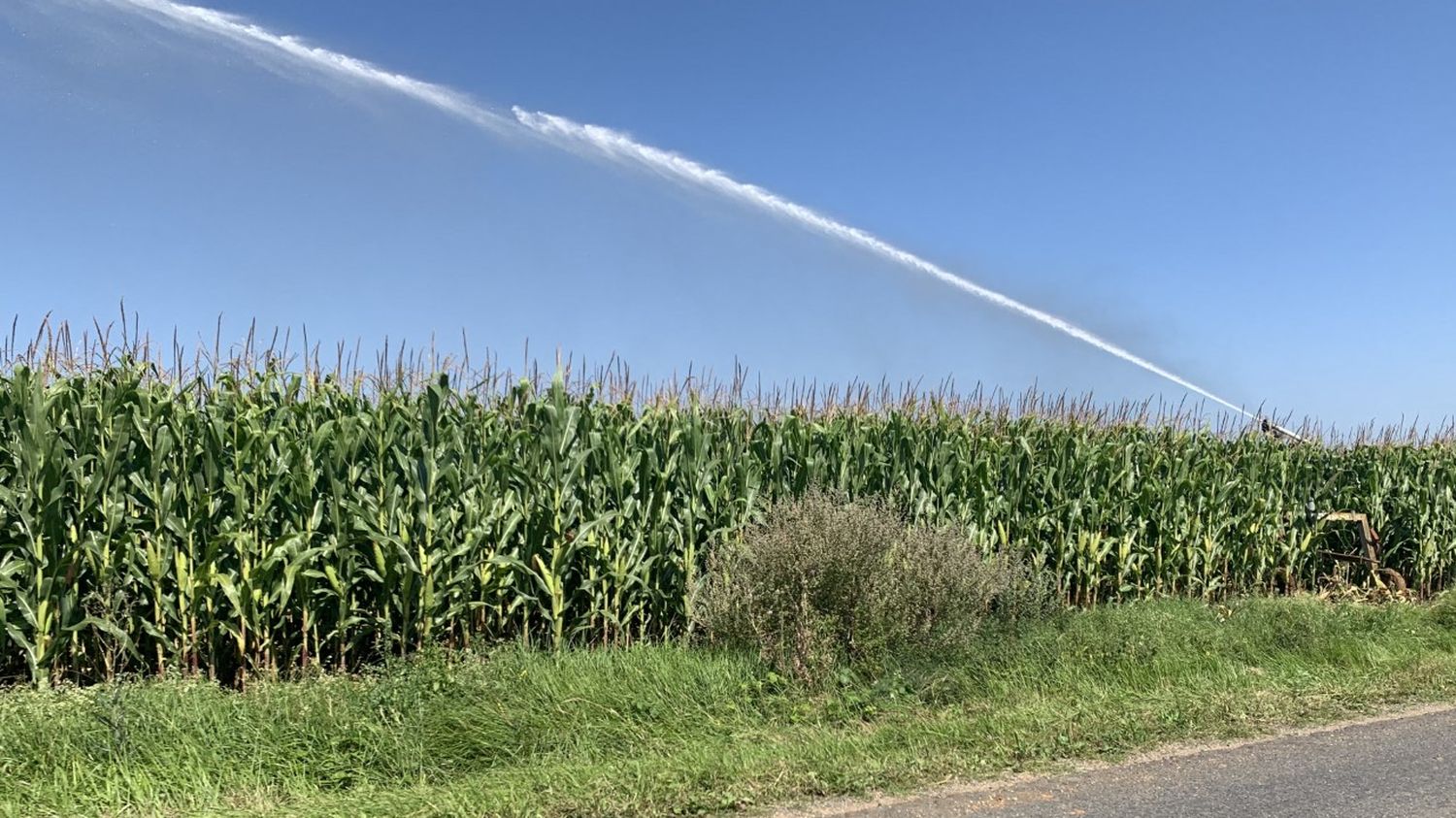Special “water” day on franceinfo when reserves are very low after a very dry summer and winter. Which sectors consume the most water in France?
Water use has been increasing around the world by around 1% per year for the past 40 years and to meet these growing needs, groundwater is being heavily abstracted and shortages are looming globally, according to a report by the published on the occasion of World Water Day on Wednesday 22 March.
>> INFOGRAPHICS. Agriculture, drinking water, nuclear power plants… How water is consumed in France in four graphs
The most consuming sector is agriculture, which uses more than 70% of the world’s resources. And in France, too, it takes first place on the podium, by far, since almost half, 45%, of our total consumption in mainland France ends up in the fields. Depending on the region, agriculture can even weigh even more heavily. For example in the South, around Haute-Garonne or Gironde, farmers capture more than three quarters of the water consumed. We also exceed 50% further north, in Brittany for example.
Then comes the cooling of power plants, especially nuclear power plants. To function, these plants need a lot of water. They use a third of the country’s total consumption, 31%, according to the latest estimate available. A figure, however, considered too old by the very one who issued it, the Ministry of Ecological Transition. He should publish new ones soon. In third place on the podium of the most greedy sectors, there is then simply drinking water, that of the tap. It represents more than 20% of the country’s water consumption. The industry exploits a small part of the resource, less than 5%.
A fifth of drinking water lost
The biggest concern is that a large part is lost in the pipes, a fifth of drinking water in France is the equivalent of the consumption of approximately 18 million people. This water disappears in nature because, in particular, of the pipes, badly maintained and too old.
More than half of the French network was laid after the 1970s and has since suffered ground movements, but also water pressure, not to mention the corrosion that can attack the pipes and the seals that get damaged. damage.
>> World Water Day: how to improve sobriety at home?
This problem of dilapidation has been identified for a long time in France, since in 2012, a decree required to limit these leaks as much as possible. Almost 10 years later, the site has not made much progress. In 2020, 20% of drinking water services did not yet comply with the regulations.
